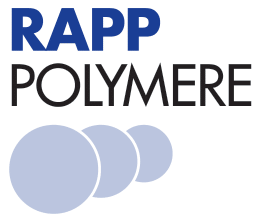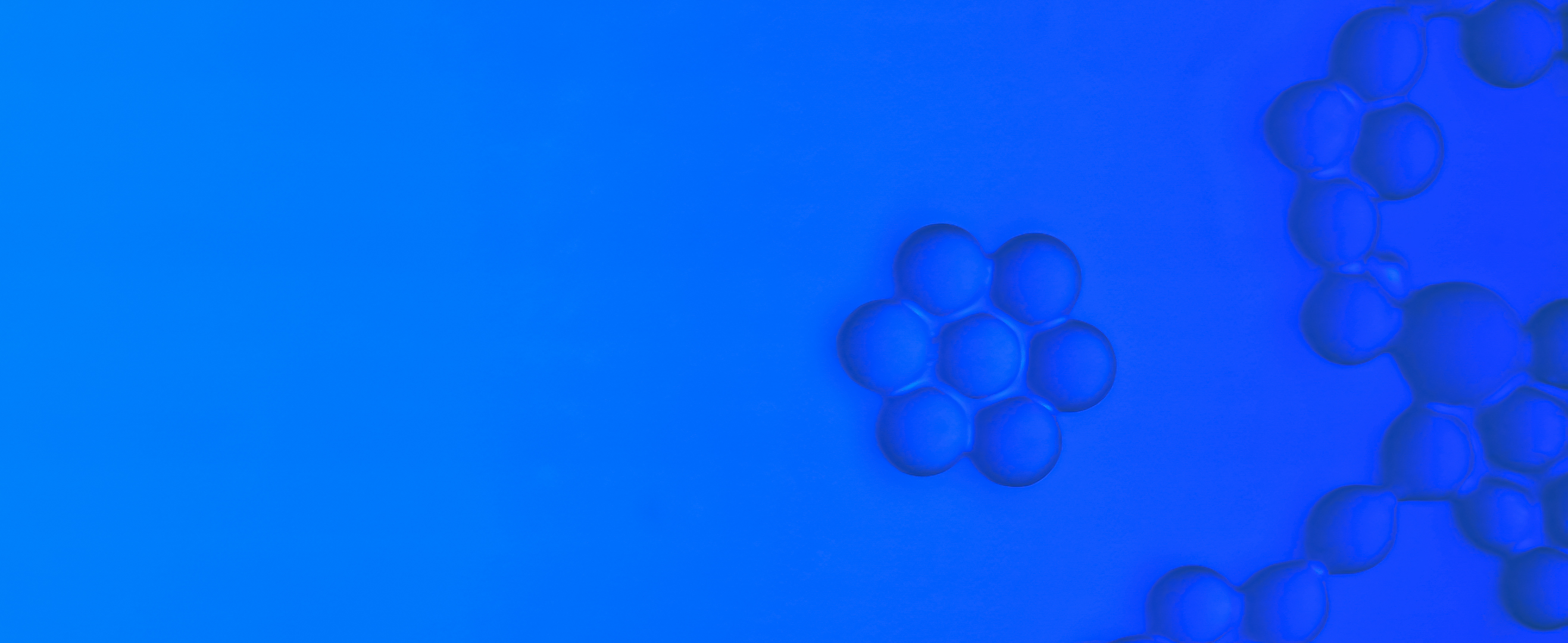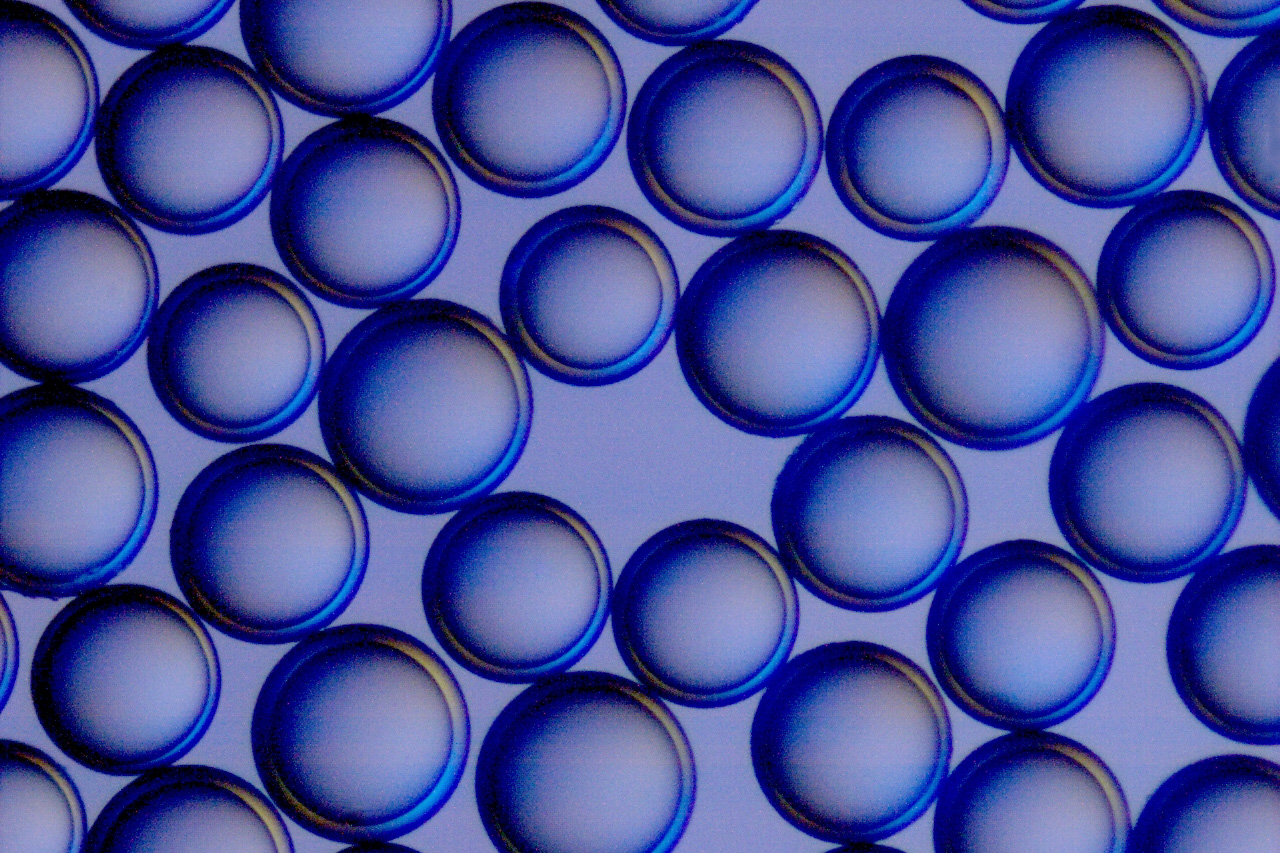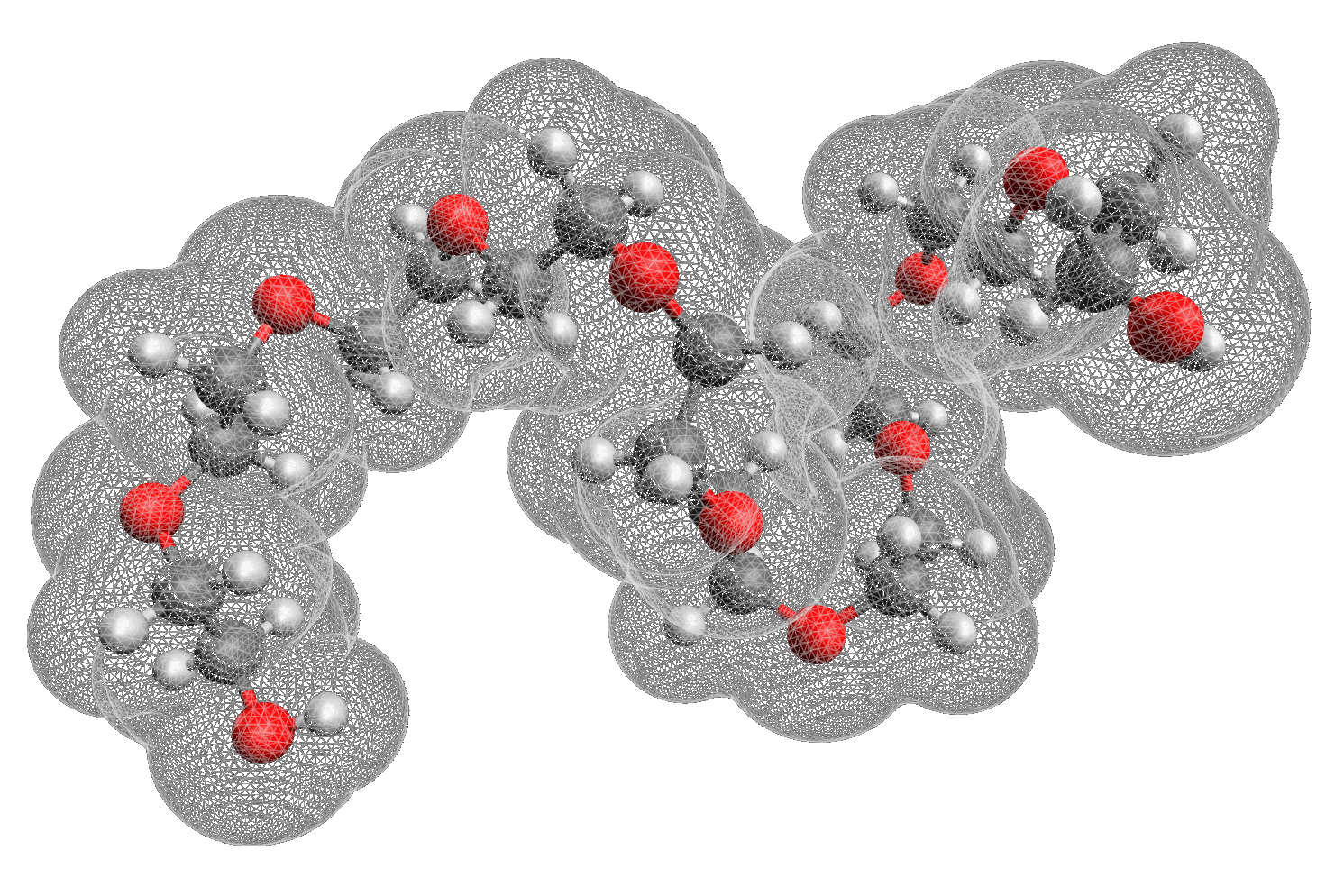Do you need help or information with the implementation of your projects?
Dive into the world of solid-phase synthesis. Discover peptide synthesis, TentaGel® resins, oligonucleotide synthesis and more in our information hub about this research area.
New Products
Literature
Have a look into our extensive collection of literature and expand your knowledge with top-notch sources.
Technical support
Discover peptide synthesis, TentaGel® resins, oligonucleotide synthesis and more in our information hub about this research area.
Abbreviations
Our guide explains the most common acronyms and abbreviations and their meanings.


























